Echoes of Ancient Lands
Ravana Pralad Cave Temple Aihole India
Mother Masala Tours
Rock-Carved Cave Temple
Ravana Pralad Cave Temple Aihole India. Situated in the heart of Karnataka, is an incredible site steeped in myth and history. The temple is believed to have been constructed during the 6th century CE, under the patronage of the Western Ganga Dynasty. This era marked significant cultural and spiritual development in the region. "Ravana Pralad" connects the temple to the legendary demon king Ravana and his son Pralad, known for their connection to Hindu mythology, particularly the Ramayana. The story unfolds with Ravana, portrayed both as a villain and a devotee of Shiva. According to legend, Ravana performed penance in these caves, seeking the favor of the deity. His son Pralad was famed for his unwavering devotion, symbolizing the triumph of faith over fear and adversity, worshipped Vishnu.
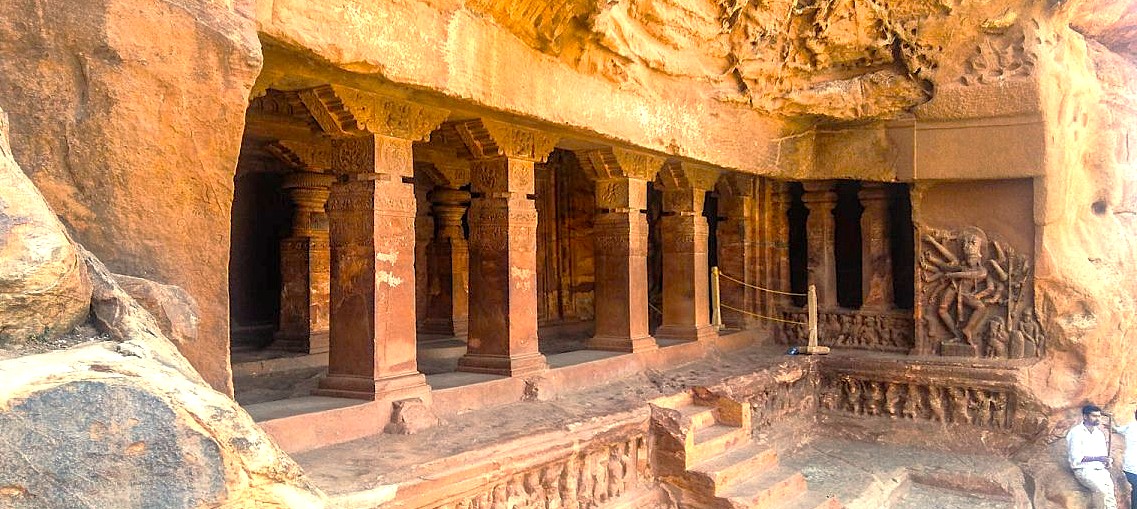
Ravana Pralad Cave Temple Aihole India: The Mystery of the Name
The temple's name "Ravana Pralad" creates confusion because it blends two completely separate mythological stories. "Ravana" likely refers to local legends connecting this cave to the demon king's penance to Shiva - Ravana was, paradoxically, both Rama's enemy and Shiva's devoted worshipper. However, "Pralad" (Prahlad) belongs to an entirely different story - he was the devoted son of demon king Hiranyakashipu who worshipped Vishnu, not Shiva, and had no connection to Ravana whatsoever.
Sacred Spaces
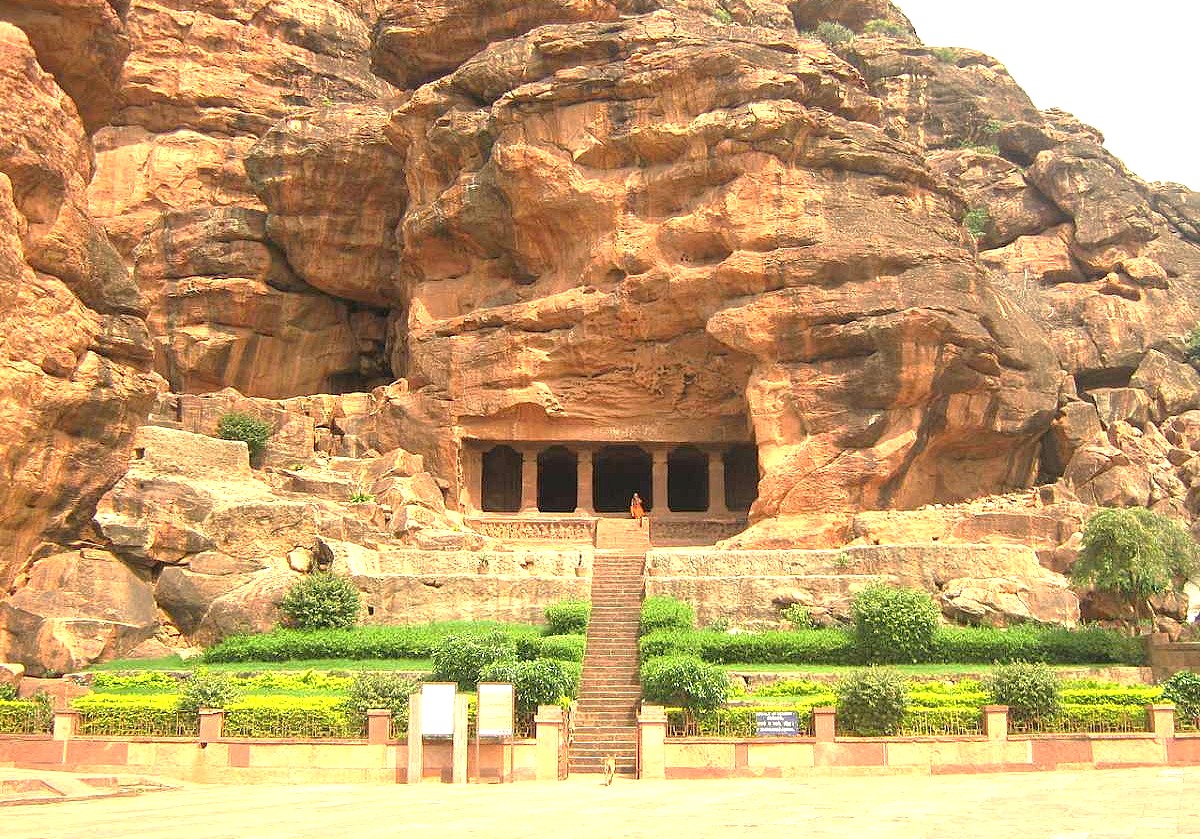
This location has a collection of artifacts that indicate the cultural importance it holds. A prominent feature is the ancient stone Shiva linga, skillfully carved from rocks found in the area. The temple's surroundings contain many inscriptions and sculptures on its walls. These carvings depict stories from the traditional epic, the Ramayana. Each object here has a specific cultural meaning, revealing the skill and beliefs of the people who created them. This particular space is one part of a larger complex. This complex includes a network of other shrines and caves that are dedicated to different deities found in the region.
Ancient Mosaics: Impeccable Craftsmanship
Ravana Pralad Cave Temple Aihole India. The craftsmanship seen within the Ravana Pralad Temple Aihole, complex is a testament to the skills of artisans from centuries past. From the 6th century CE, when the temple likely began its construction, through various renovations by different dynasties, the artistic endeavors reflect an intricate understanding of stonework. The walls and ceilings of the cave reveal stunning carvings depicting the stories of gods, goddesses, and legendary figures, including scenes involving Ravana.
The Pulse of the Local Community
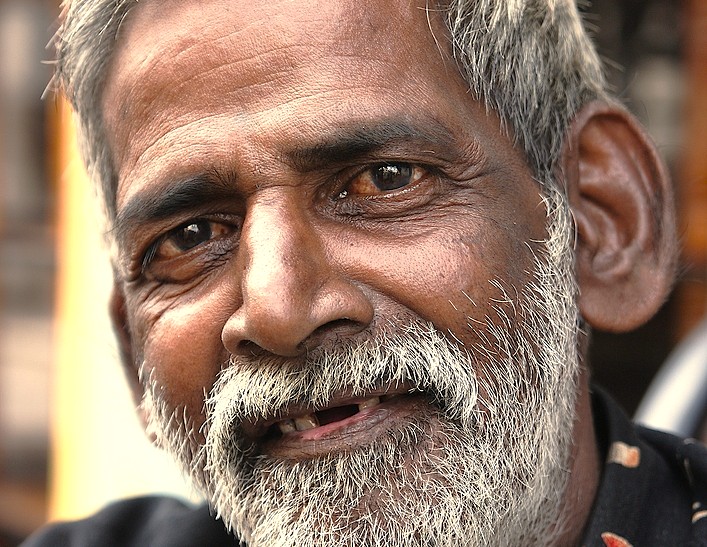
The community living near the temple continues a way of life linked to its heritage. People in the area are often open to engaging in conversation about their daily routines. They carry on with customs and beliefs that have been part of the region for a long time. This gives us a chance to observe a lifestyle connected to the temple’s history. Our interactions can provide some understanding of their local traditions. They are usually willing to explain aspects of their culture when we show interest. This close connection to their history is visible in many parts of their daily activities. We can see how their heritage is woven into the community's fabric.
Capturing the Magic: A Photographic Haven
While exploring the Temple and its surroundings, we find many opportunities for photography. The intricate carvings on the structure and the unique natural rock formations offer interesting subjects. The way light plays within the cave’s spaces creates a dynamic setting for taking pictures. Every angle gives a different perspective for documenting the specific character of this historic location. This makes the area a suitable spot for photographers with any level of experience.
The Connection with the Gods
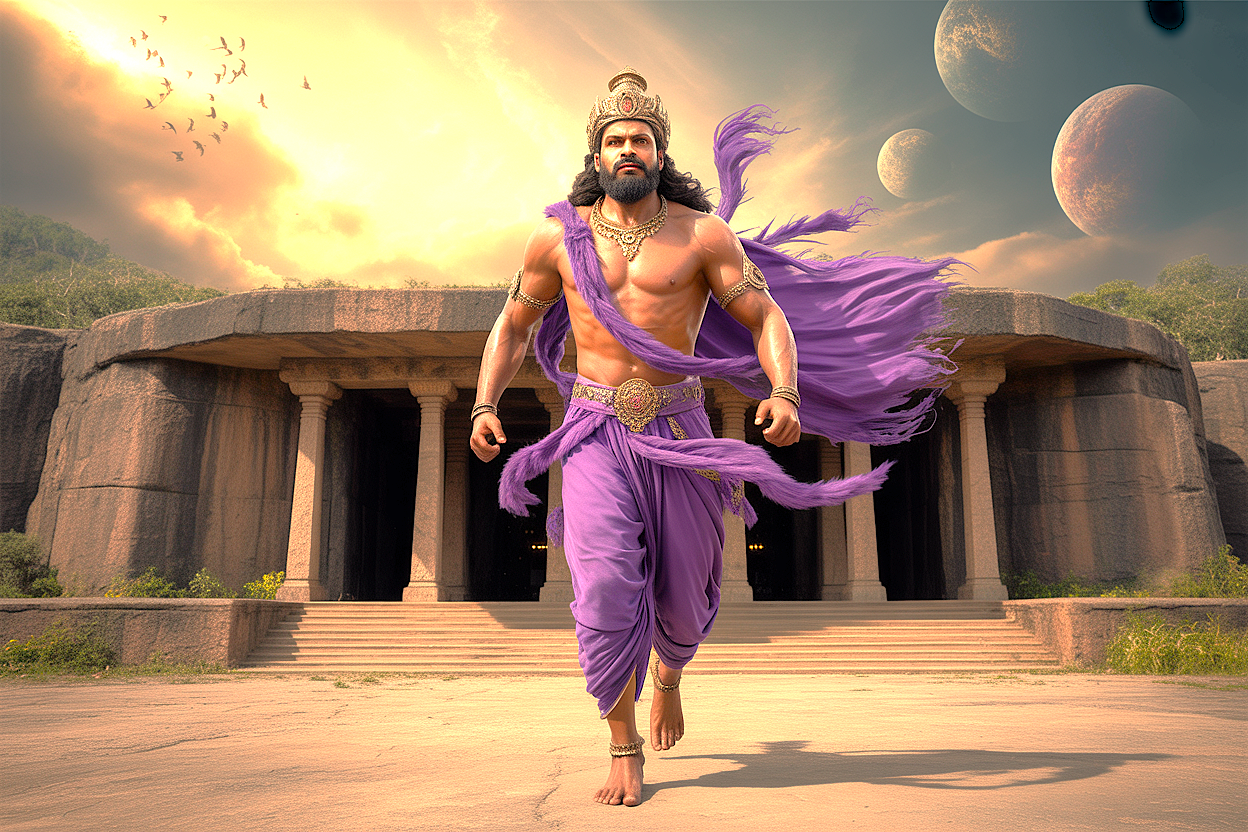
The temple is primarily linked with the deity Shiva, who is a central figure here. Local stories often include his interactions with the figure of Ravana. These tales reveal the complex nature of devotion in the regional narratives. According to the legends we hear, Ravana performed penance in these caves. His goal was to acquire favor and knowledge from the main deity. This story connects to the tale of Ravana's son, Pralad - himself is known for his own separate acts of dedication. Ravana's relationship with Shiva reveals the dual aspects of his character.
Festivals of Devotion: Honouring the Sacred and the Divine
Throughout the year, several festivals bring the community together in honor of their deities. A major celebration is Maha Shivaratri, which usually falls in February or March. On this sacred day, devotees gather at the temple to observe night-long rituals, offering prayers, reciting mantras, and engaging in ceremonies dedicated to Shiva. These activities create a powerful atmosphere filled with devotion and spirituality. Another significant occasion is the festival of Gudi Padwa, which marks the New Year according to the lunar calendar, typically celebrated in April.
Ancient Technologies: Sound, Sacred Geometry & Astrological Influences
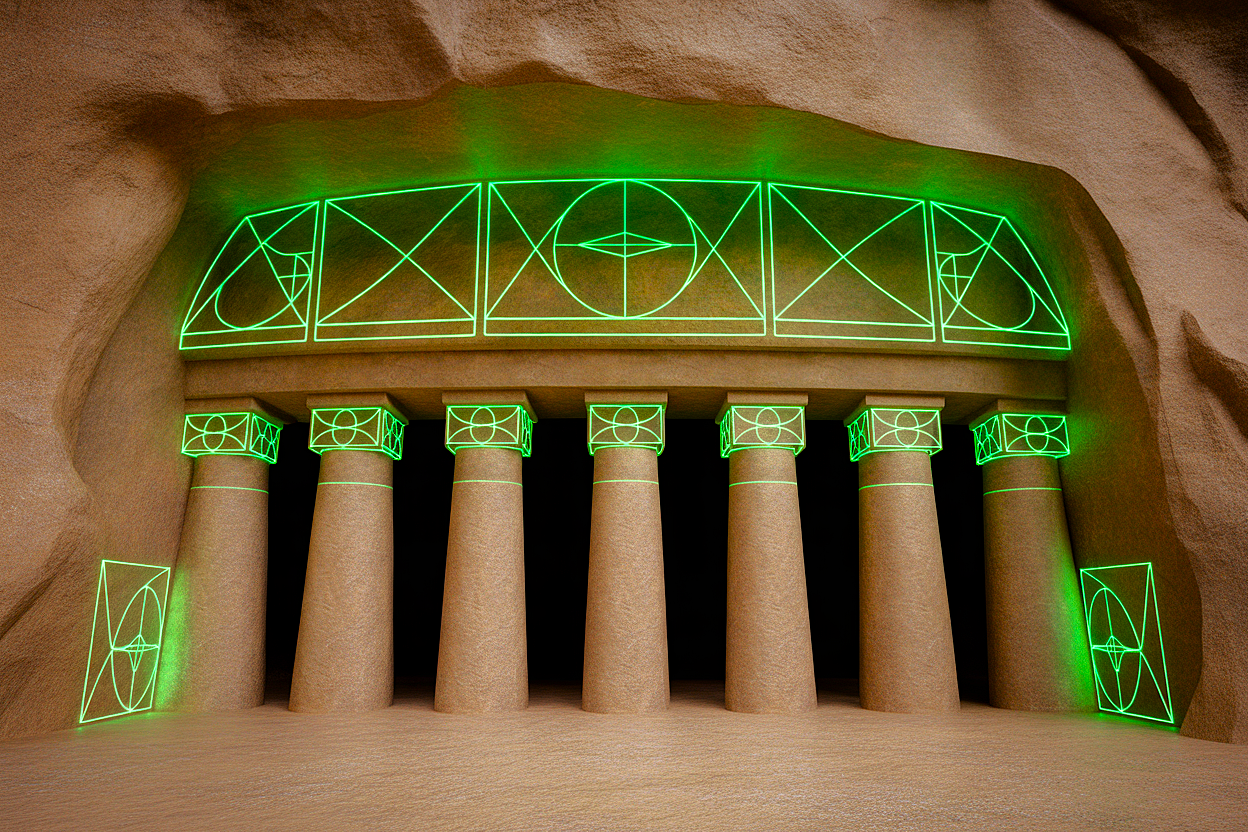
This cave temple incorporates elements of Vastu Shashtra - sacred geometry that reflect a sophisticated understanding of space and acoustics. The design emphasizes alignment with celestial bodies, creating a serene atmosphere conducive to meditation and prayer. The construction makes use of local stones, which help enhance sound resonance. Moreover, the site is believed to embody specific Solfeggio frequencies, particularly 396 Hz and 528 Hz, known for their healing capabilities. These frequencies, vibrating through the materials, promote a sense of peace.
Serendipitous Meetings: Beyond the Main Path
Ravana Pralad Cave Temple Aihole India. As you stroll around the temple grounds, you will likley stumble upon smaller workshops and artisans engaged in traditional crafts. Whether it's pottery, weaving, or herbal medicine, each encounter offers a glimpse into the local culture. These interactions can lead to fascinating conversations, providing insight into the age-old practices still vibrant today. You may also find small eateries offering local snacks and beverages, inviting you to sample the flavors of the region.
Resilience and Renewal: Overcoming Adversity’s Challenges
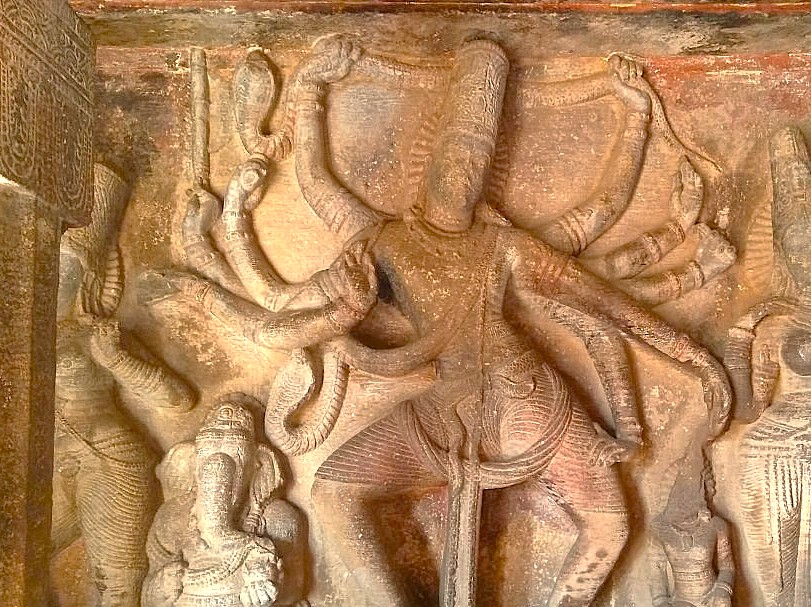
The history is marked by resilience. In 1346 CE, it faced challenges during invasions that threatened the local religious heritage. Despite these adversities, the dedication of the local community ensured the temple's survival. Efforts to restore and preserve the site continued, revealing a commitment to safeguarding their spiritual practices. Significant floods in the 18th century caused damage to the infrastructure, prompting recovery efforts centered around reinforcing the structure. These events fostered a spirit of collaboration and determination among locals, reinforcing the temple’s status as a cornerstone of community identity.
Urban Legends: Strange Sightings, Myths and Mysteries
Intriguing tales surround the temple, contributing to its mystical allure. One urban legend speaks of a ghostly figure believed to be Ravana himself, seen wandering the caves during full moons. Locals say that this spectral presence offers blessings to those who come with pure intentions. Another story involves mysterious lights appearing at night, leading to superstitions and curiosity about their origins. These legends not only enhance the cultural fabric of the area but also captivate those who seek to understand the blend of history, mythology, and spirituality represented here.
The Most Magical Path Is the One You Haven’t Walked, Join Us
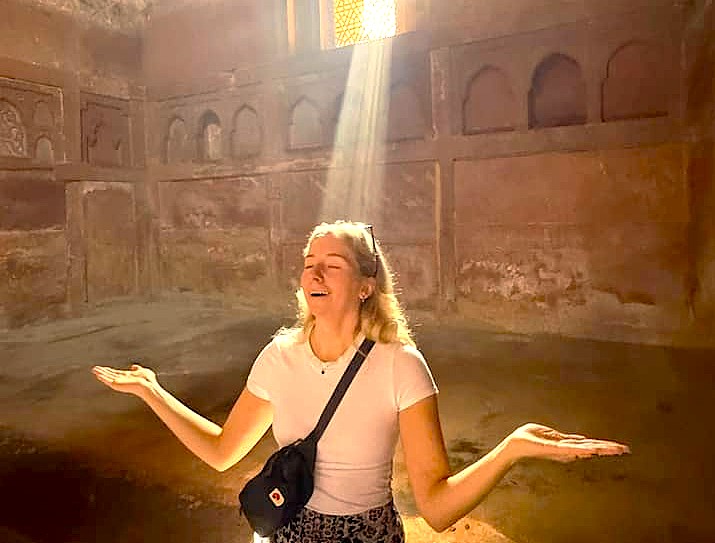
We invite you to join us on a visit to the Ravana Pralad Temple in Karnataka. This old rock-cut temple reveals part of India's long history. We will look at its stone carvings, each with its own tale and meaning. The walls hold stories from many years ago that still speak to people now. We will see how the structure shows skills from another time. Walking through the temple, there are sights to notice and details to find at each turn. This place stands as a link between what was and what is now. We will spend our time exploring its halls and courtyards. This visit lets us see one chapter of India’s past, revealed in stone and space.
Symphony of Generosity: Offerings from Wanderers to Residents
Ravana Pralad Cave Temple Aihole India. A dynamic symbiosis thrives between the local people and those drawn to the temple, fostering a relationship that deeply enriches both parties. This is not a one-way street; it is a living, mutual exchange. Local artisans, the custodians of ancient crafts, find their skills appreciated and their livelihoods supported by the engagement of curious explorers. In return, travelers gain something far more valuable than a simple souvenir: they receive invaluable, firsthand insights into living customs and traditions, shared directly by the community. This authentic connection ensures that the region's cultural heritage doesn't just survive, but actively flourishes.